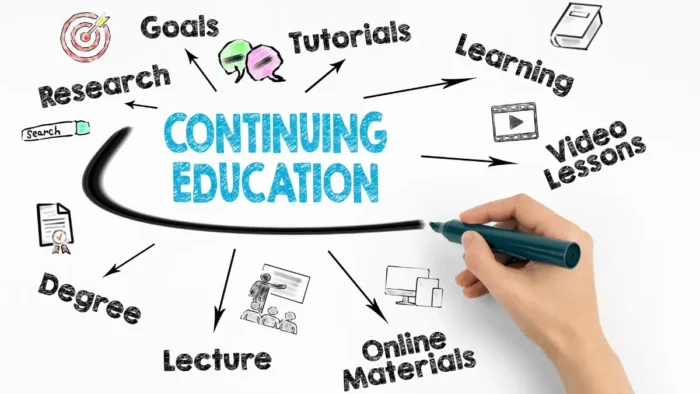A wide range of benefits is associated with working with a diverse team. It helps to add immense depth and insight to collaboration efforts in the workplace. Working with people with different personalities can also be challenging, even in the healthiest workplaces. Personality clashes are inevitable due to differences in opinions, leadership styles, and communication.
Knowledge of managing teams with different personalities is critical whether you are a manager or a business owner.
Tips for Working with Individuals with Different Personalities
Knowing how to manage people with different personalities can help to achieve organizational goals and create a company culture in line with your brand.
1. Prioritize Shared Goals
If you are seeking to master how to manage different personalities in the workplace, you must understand that shared goals are critical to team productivity. The shared goals will act as your team’s unifier. Working as a team doesn’t mean that everyone sacrifices their opinions for others. Rather, it means prioritizing the team’s ultimate purpose as a whole.
2. Embrace What others Bring to the Table
Managing employees with different personalities can come with differences in opinions. However, you can capitalize on these differences to enhance collaboration within the team. Managers who know how to manage different team personalities embrace the differences between team members to create cohesion.
For example, you can choose to view the positive side of an aggressive team member who is also direct in expressing their ideas, allowing for a clear exchange of information. Another coworker who may be passive may also be considered someone who exercises empathy.
3. Understand Each Role in Your Team
Part of how to manage different personalities in the workplace involves knowing the strengths required for each role. For instance, you can consider giving a team member with extroverted traits a client-facing role.
Understanding what is needed for each role can help you make strategic decisions while incorporating complementary personalities to reduce friction within the team.
4. Seek to Understand Each Employee
One way to manage different personalities is to try and understand what is going on in the lives of each of your team members. This will help you to better understand what drives your employees, what motivates them, and what they hope to achieve.
One way you can try to understand your team members is by having one-on-one meetings where you ask open-ended questions. Ensure to give the questions to your employees before the meeting so that it doesn’t look like they are on the spot.
5. Understand Your Own Biases and Address Them
Managers can learn how to manage different personalities by realizing that they hold prejudices against specific groups of people based on race, color, or even gender, among other personalities. Such biases often affect how we view others and how we interact with them.
You can, however, address this problem through bias training that dissects the roots of the problem, enabling managers to handle different personalities in the workplace.
6. Practice Empathy
Great managers lead by example, especially when mastering how to manage diverse employees. Empathy can help you to better manage people with different personalities as it helps you to model responses from the speaker’s point of view.
Empathetic communication allows you to use the strength of the other team member and therefore reduces room for conflict. In addition, practicing empathy allows you to improve organizational productivity when team members understand each other.
Conclusion
Working with employees with different personalities can be beneficial to your team. You can maximize the diversity of opinions that come with diverse teams and, therefore, the ability to solve conflicts from multiple perspectives.
However, diverse teams come with challenges, including differences in opinions and beliefs, which could lead to friction among the team members. You can use tools like empathetic communication, bias training, and understanding team roles to better understand your team members.



